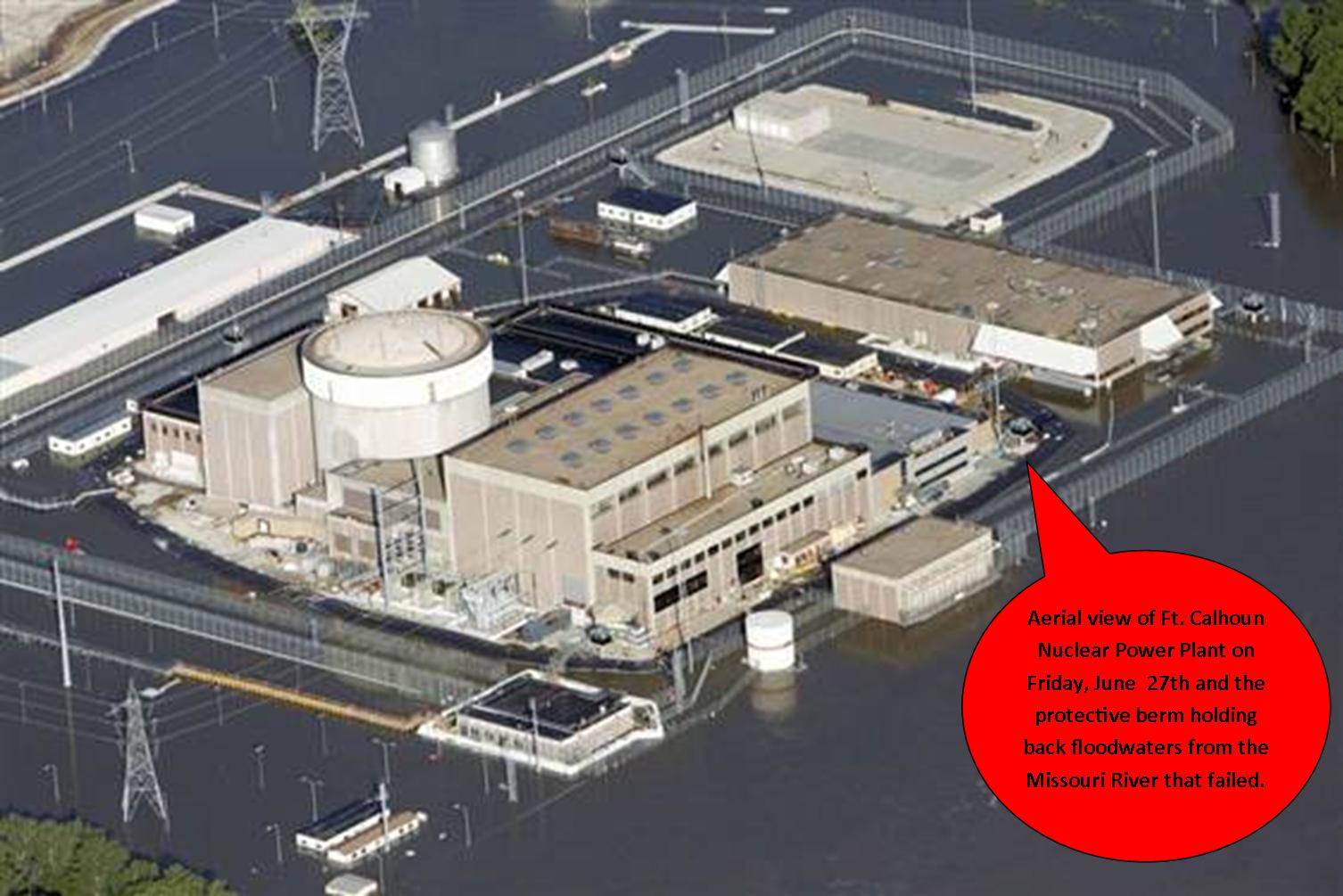 California solar energy company Solyndra had its offices raided last week by federal agents as part of an ongoing investigation into their bankruptcy and federal loan guarantees they’d received form the Department of Energy. Some critics have cried foul, trying to show how federal money spent on emerging technology is a waste. Others have tried to disparage solar energy itself, trying to show the industry is not ready for prime time. In fact, these allegations couldn’t be further from the truth.
California solar energy company Solyndra had its offices raided last week by federal agents as part of an ongoing investigation into their bankruptcy and federal loan guarantees they’d received form the Department of Energy. Some critics have cried foul, trying to show how federal money spent on emerging technology is a waste. Others have tried to disparage solar energy itself, trying to show the industry is not ready for prime time. In fact, these allegations couldn’t be further from the truth.
However, it does bring up important questions about the Obama administration, ethics, and the influence of campaign contributions. This is entirely a self-inflicted wound, a bone-headed mistake if not an ethical problem, and is the type of landmine the White House needs to avoid. There is another, similar trap they need to avoid touching in the Keystone XL tar sands pipeline, where Big Oil’s big money tendrils and the revolving door are even more frightening than those from Solyndra.
The first charge against Solyndra is the wastefulness of the federal loan guarantees that it received and the loan guarantee program in general. Well, if solar was the only industry getting this aid, that might be something. But given the incredibly large amounts given in federal subsidies to fossil fuels compared to solar, that is not the case. Indeed, direct subsidies for nuclear in recent energy legislation adds up to over 13 billion (that’s with a b, kids) and recent loan guarantees for nuclear construction are over $60 billion, $18 billion of which have already been allocated in Georgia. This amounts to a pre-emptive bailout of the nuclear industry, especially since the CBO estimates those loans will have a 50% default rate.
Other critics have gone after Solyndra because they say solar isn’t ready for prime time– while, in fact, it shows the opposite. Solyndra was pioneering a new method of making photovoltaic cells and got buried under the onslaught of cheap solar imports from China. Their process, which you can see below, courtesy BusinessWire, is very different from traditional photvoltaic arrays.
[youtube=http://www.youtube.com/watch?v=j1GODzk0bgg]
Their technology just didn’t get cheap quickly enough compared to traditional PV manufacturing, largely from Chinese imports. But in the silver lining to that otherwise not as nice cloud, those same cheap Chinese imports have meant a huge boon to American manufacturing who provide many of the materials and heavy equipment needed to manufacture PV.
Meanwhile, because of that change, solar has reached grid parity in terms of its costs. Grid parity means that the cost of producing electricity through a pv cell is less than or equal to the average cost of electricity. Other companies are making huge solar breakthroughs. Solyndra, unfortunately, was not one of them. But this is market economics, and this is what we expect, nay, desire from our entrepreneurs.
Meanwhile, the Department of Energy, undeterred, has announced two more loan guarantee programs for solar innovation. Meanwhile, the Department of Defense is getting on the solar train, too, with a Solar City program that will provide clean energy to the homes of 160,000 of our troops and their families. I can’t think of a better way to commemorate 9/11 than with true energy independence being given to some of the most deserving among us. Now, let’s just do it for all of our military, veterans, firefighters, police officers, teachers, and other public servants. But 160,000 homes to start with is pretty darn nice.
But why Solyndra is troublesome is because it appears undue influence may have been exerted to get them these loan guarantees. One of Solyndra’s top investors was also a bundler for the Obama campaign responsible for tens of thousands of dollars in campaign donations. A commitment to the highest ethical standards that the Obama Administration guaranteed when they took office meant they should have done extra due diligence on giving any loan guarantees to anyone with any sort of money connection to the White House. Every i dotted, every t crossed– special treatment, but special treatment to insure they weren’t receiving funds because of political donations. Indeed, they should have been held to a much higher standard than their peers.
This is an entirely self-inflicted wound on the part of the Obama Administration. It should have been avoided, and questions not only the ethics of those in charge but the rationality. Surely they should have seen this coming.
If they didn’t, here’s a warning sign for you: Keystone XL. The pipeline, proposed by Canadian company Transcanada, would bring the world’s dirtiest oil from the Alberta tar sands to refineries in the Houston area along the Texas Gulf Coast. They are currently doing their best to get the pipeline approved, including a slick PR campaign, push-polling in areas around where the pipeline would be and promising jobs if the pipeline is built, and using Washington’s revolving door of lobbyists, staff, and political consultants. Dirty money, dirty campaign, dirty tactics, dirty ethics. In fact, knowing that Secretary of State Hillary Clinton would be the final decider on whether the State Department issues the permit or not, Transcanada hired her former campaign operative Paul Elliot to be their chief lobbyist, among other hires with ties to the Obama campaign and administration.
Clinton and Obama approving Keystone XL would be another avoidable landmine for the White House. Unfortunately, this landmine has much more dire consequences if approved, as it would signal both Business as Usual in Washington with Big Oil getting their way, the end of any veneer of ethics or being serious about campaign finance by the Obama Administration, and. . .oh, “game over” for the planet because of runaway climate change. More on this later.
Read Full Post »













